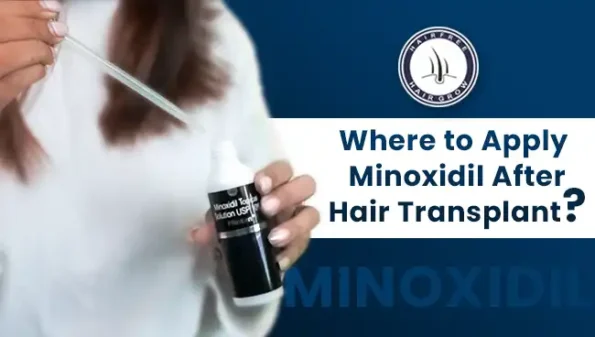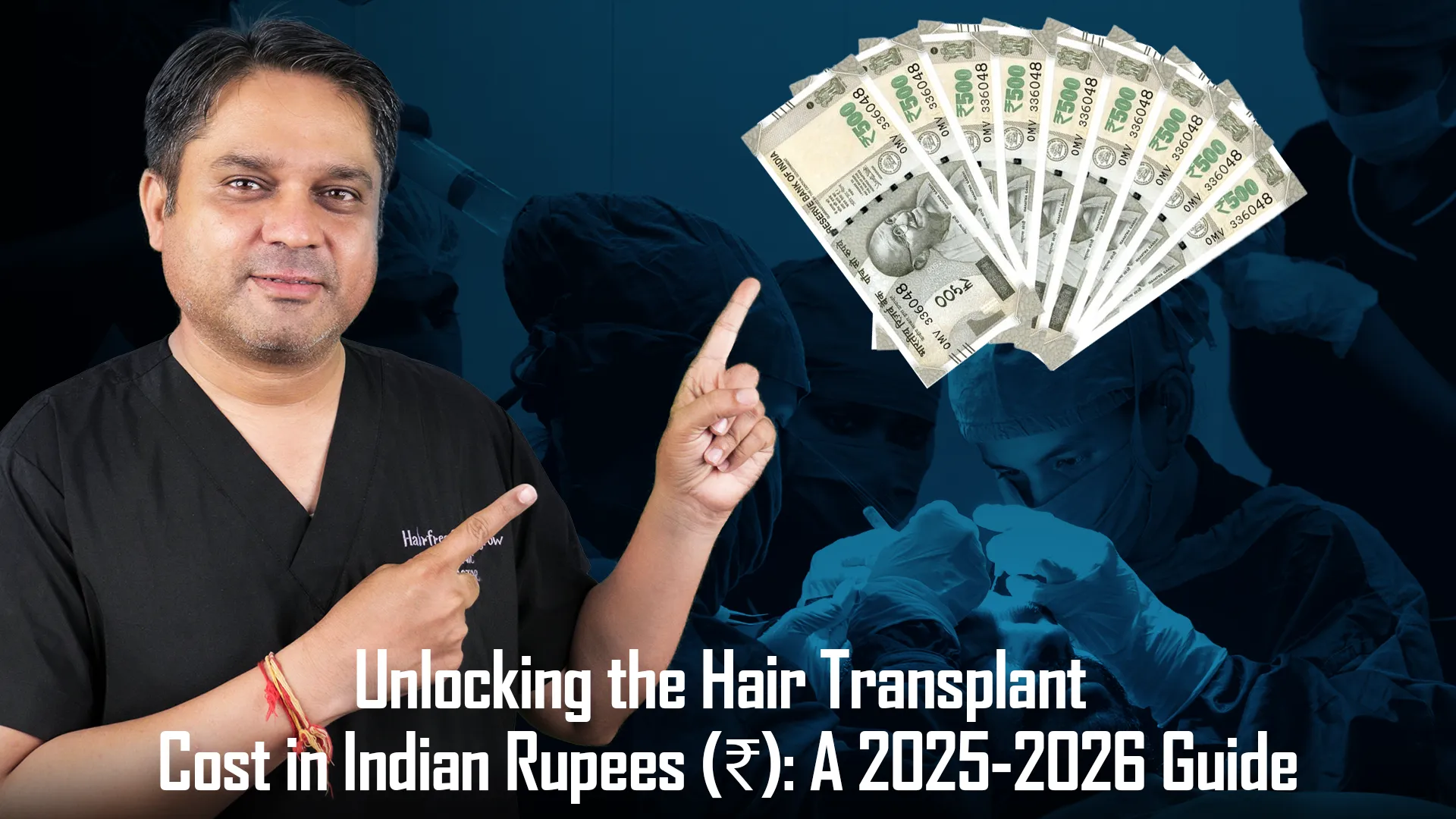After a hair transplant, Minoxidil should be applied directly to the transplanted area and the surrounding native hair. This helps stimulate hair growth, prevent shedding, and speed up recovery. However, timing is crucial. Most doctors recommend waiting at least 5-7 days before starting Minoxidil to avoid irritation.
A hair transplant is a life-changing procedure for those suffering from hair loss. But the journey doesn’t end after surgery. Proper aftercare is essential to ensure healthy hair growth and long-lasting results. One common question is whether to use Minoxidil after hair transplant. Let’s dive deep into this topic and understand its benefits, risks, and best practices.
What is Minoxidil?
Minoxidil is an FDA-approved topical medication that stimulates hair growth and slows down hair loss. It is widely used by men and women dealing with baldness or thinning hair. Minoxidil increases blood flow to the hair follicles, extending their growth phase and preventing further hair loss.
When to Start Using Minoxidil?
Timing is key when applying Minoxidil after a hair transplant. Here’s a general guideline:
- First 48 Hours: Avoid applying anything to the scalp, including water, shampoo, or medication.
- Day 3 to Day 7: Some doctors recommend waiting at least 5-7 days before starting Minoxidil. This prevents irritation and ensures proper healing.
- After 2 Weeks: If your doctor approves, you can use Minoxidil twice daily for better results.
- Long-Term Use: To maintain hair growth, Minoxidil should be used continuously. Stopping it may lead to hair thinning over time.
Benefits of Using Minoxidil After Hair Transplant
Many doctors recommend Minoxidil post-transplant for the following reasons:
- Speeds Up Hair Growth: Minoxidil helps transplanted hair grow faster by stimulating follicles.
- Reduces Shedding: Transplanted hair often goes through a shedding phase (shock loss). Minoxidil can minimize this effect.
- Protects Native Hair: If you still have natural hair in the transplant area, Minoxidil can help prevent further thinning.
- Improves Overall Hair Density: With consistent use, Minoxidil can make your hair look fuller and healthier.
How to Apply Minoxidil Correctly?
To get the best results, follow these simple steps:
- Wash Your Hands: Before applying, clean your hands properly.
- Ensure a Dry Scalp: Apply Minoxidil on a clean, dry scalp for better absorption.
- Use the Right Amount: Usually, 1 ml of liquid or half a capful of foam is enough.
- Gently Apply to the Scalp: Spread it evenly on the transplanted area and surrounding natural hair.
- Allow It to Dry: Let the solution absorb fully before lying down or wearing a cap.
- Wash Hands Again: Prevent accidental transfer to other parts of the body.
Potential Side Effects of Minoxidil
Although Minoxidil is generally safe, some users may experience:
- Scalp irritation (redness, itching, or dryness)
- Temporary shedding in the first few weeks
- Dizziness or headaches in rare cases
If any side effects become severe, consult your doctor immediately.
Alternatives to Minoxidil for Faster Recovery
If Minoxidil causes irritation or doesn’t suit you, consider these alternatives:
- Coconut Oil After Hair Transplant – Many patients use coconut oil after hair transplant to keep the scalp hydrated and nourished. It contains essential fatty acids that reduce inflammation and promote healing.
- Biotin Supplements – Biotin strengthens hair and improves growth.
- PRP Therapy – Platelet-rich plasma therapy is another effective option for boosting hair growth.
- Gentle Scalp Massage – Light massage (after the healing period) can improve blood circulation.
Coconut Oil After Hair Transplant: Is It Beneficial?
Using coconut oil after hair transplant can provide multiple benefits. It helps in:
- Reducing dryness and itching
- Healing the scalp faster
- Preventing infections
- Strengthening hair roots
However, avoid applying coconut oil after hair transplant too early, as it can block hair follicles and delay healing. Wait at least 2-3 weeks before using it.
Final Thoughts: Should You Use Minoxidil?
Minoxidil can be a helpful addition to your post-transplant care routine. It speeds up hair growth, prevents shedding, and strengthens native hair. However, consult your doctor before starting to ensure it suits your scalp condition.
If Minoxidil isn’t the right fit, consider using coconut oil after hair transplant and other natural alternatives for a healthy scalp.
Take the Next Step in Your Hair Restoration Journey!
Looking for expert hair transplant solutions? Visit Hairfree & Hairgrow Clinic for professional guidance and advanced hair restoration treatments. Your journey to fuller hair starts today!
Written By
MBBS, MD
Dr. Pratibha Pradhan is a hair restoration expert specializing in post-transplant care. With extensive experience, she guides patients on where to apply minoxidil after hair transplant to ensure optimal regrowth, scalp health, and long-term hair restoration success through evidence-based treatments.
Disclaimer
We’ve made all possible efforts to ensure that the information provided here is accurate, up-to-date and complete, however, it should not be treated as a substitute for professional medical advice, diagnosis or treatment. See Detailed Disclaimers Here.




